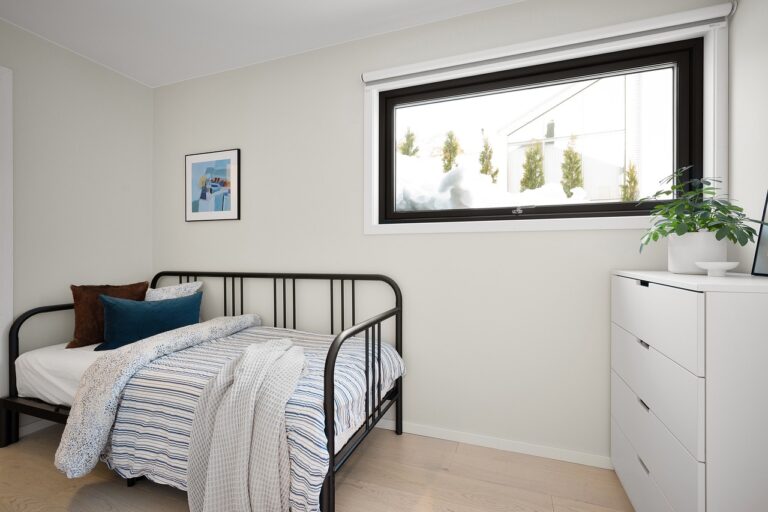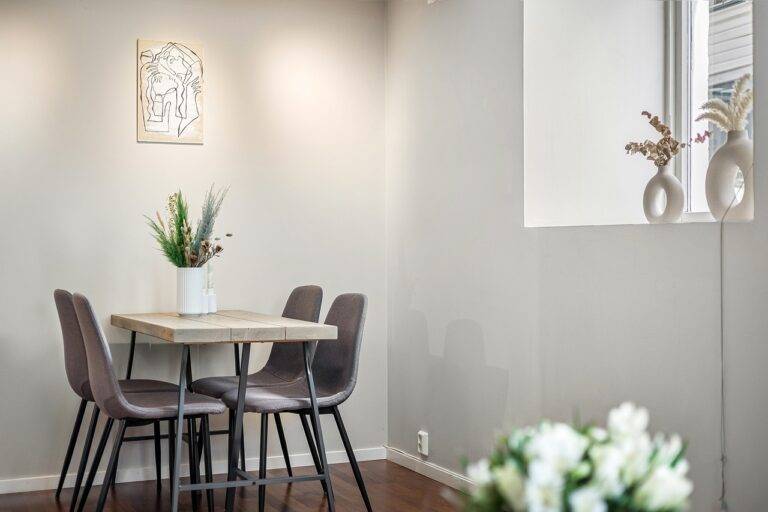Incorporating Motion Sensor Lighting for Enhanced Home Security
Motion sensor lighting offers significant benefits in terms of energy efficiency and security. By automatically turning on when motion is detected and turning off when the area is no longer in use, these lights help to conserve energy and reduce electricity bills. This feature also provides added convenience for homeowners, as they no longer have to worry about remembering to turn lights on and off.
Another key advantage of motion sensor lighting is its ability to enhance home security. The automatic activation of lights when motion is detected acts as a deterrent to potential intruders, making the property less appealing for unauthorized individuals. This added layer of security can help homeowners feel safer and more protected, especially during the night or when they are away from home.
How Motion Sensor Lighting Works
Motion sensor lighting works by detecting motion or movement in its surrounding area through the use of infrared technology. When someone or something moves within the sensor’s range, it triggers the light to turn on automatically. The sensor detects changes in heat signatures and movement patterns, allowing it to distinguish between human activity and other environmental factors.
Once the motion sensor is activated, it sends a signal to the light fixture, causing it to illuminate the area for a predetermined amount of time. This feature is especially useful for enhancing security and safety in outdoor spaces or rooms that are not frequently occupied, as the light will only turn on when motion is detected. Overall, motion sensor lighting provides convenience, energy efficiency, and peace of mind for users in homes or businesses.
Placement of Motion Sensor Lights
When it comes to placing motion sensor lights in your home, there are a few key considerations to keep in mind. Firstly, it’s important to install them in areas where they will have the greatest impact in terms of security and convenience. This typically includes entry points such as doorways and garages, as well as pathways and driveways where intruders may approach.
Additionally, it’s crucial to position the motion sensor lights high enough to avoid potential tampering or obstruction, while still maintaining their effectiveness in detecting motion. Aim for an installation height of around 8-10 feet for optimal coverage. By strategically placing motion sensor lights in key areas of your property, you can enhance security, deter intruders, and enjoy the convenience of hands-free lighting when you need it most.
What are the benefits of using motion sensor lighting?
Motion sensor lighting can help save energy by only turning on when motion is detected, provide added security by detecting movement around your property, and increase convenience by automatically illuminating pathways or entrances.
How does motion sensor lighting work?
Motion sensor lights have a built-in sensor that detects infrared radiation or changes in heat signatures. When motion is detected, the sensor triggers the light to turn on, providing illumination in the surrounding area.
Where is the best placement for motion sensor lights?
Motion sensor lights should be strategically placed in areas where motion is likely to be detected, such as near doorways, garages, pathways, and dark corners of your property. It is important to consider the range and angle of the sensor to ensure optimal performance.







